Final Project
The Longevity of Sneakers
This project addresses the pressing issue of sneakers contributing to environmental waste due to their difficulty in decomposing. It seeks to understand how sneakers are used over time, the changing perceptions of quality, and the issues they face during use
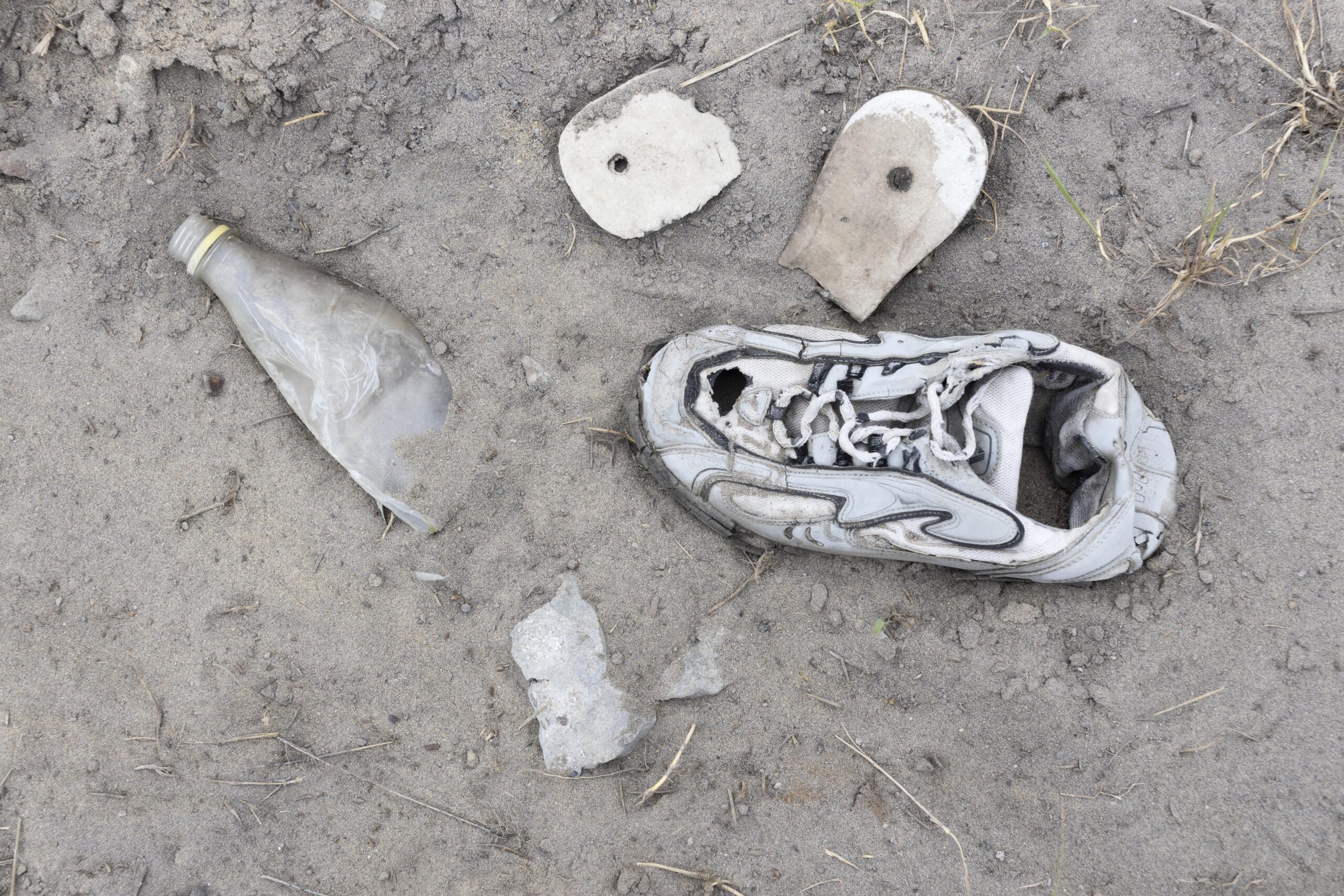

Scope of Project
With an estimated 22 billion pairs of shoes discarded annually, the urgency to reduce this environmental impact is emphasized, considering sneakers’ contribution to carbon emissions. The primary approach is to extend the lifespan of sneakers, with studies indicating that this can significantly reduce their environmental footprint. However, there is a notable gap in research on sneakers’ longevity, making this study crucial. It aims to explore consumer perceptions, behaviors, and factors influencing sneaker longevity to provide recommendations for sustainable practices in the footwear industry.
Research Methodology
The research methodology involves three main components: an online survey to gather quantitative data on sneaker usage and quality perceptions, a wardrobe study to document participants’ sneaker collections and habits, and semi-structured interviews to explore participants’ perspectives and emotions related to sneaker usage and disposal. Purposive sampling was used to ensure diverse participant profiles, and pilot studies were conducted to refine data collection instruments. Digital recorders and cameras were used for data collection, with Excel for quantitative analysis, NVivo for thematic analysis, and advanced statistical methods to test hypotheses and relationships within the data. These methods were informed by previous research studies in the field.
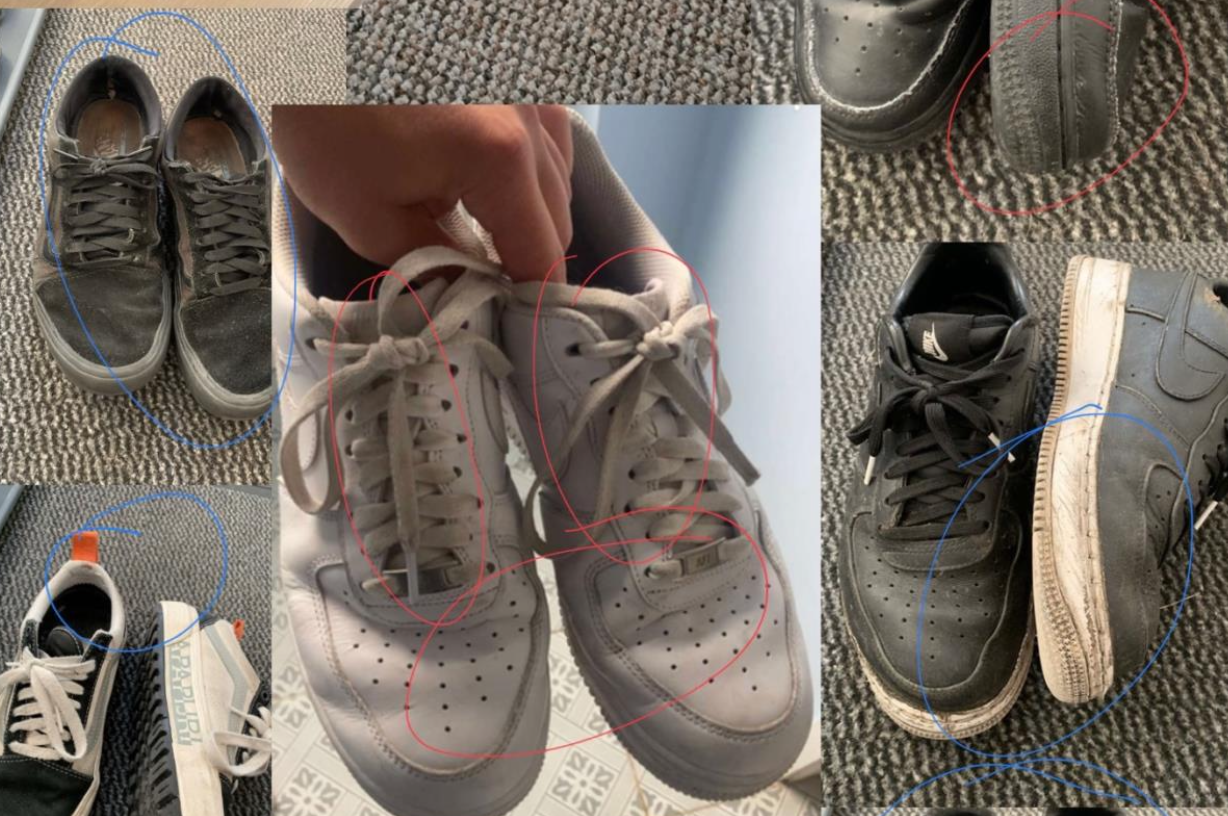
Overview of Findings
- Sneakers typically last 7-24 months, indicating a short lifespan influenced by factors like brand loyalty and maintenance practices.
- There is a strong inclination towards sustainability, with 36.36% of participants choosing to donate sneakers instead of discarding them.
- Cleaning methods significantly correlate with sneaker condition, suggesting that effective maintenance practices can extend sneaker lifespan.
- The study extends existing theories on brand equity and quality perception by introducing emotional dimensions and aligning with societal sustainability concerns.
Conclusion
It highlights that sneakers typically last 7-24 months, influenced by factors like brand loyalty and maintenance practices, with sustainability implications in mind. The study also explores quality perception, maintenance practices, and material choices, finding correlations between cleaning methods and sneaker condition. Additionally, it discusses disposal trends, including the preference for donation over discarding and emotional factors influencing disposal decisions.
Other Work

Problem Statement
To create a product which takes care of Paramedics mental health at home and prevents PTSD
Compared to the general population, paramedics are subjected to more traumatic experiences and are more likely to suffer from PTSD.

Research was conducted through secondary research papers to understand the user, task and environment and how current products fail to discourage PTSD behaviours. Literature was found through Loughborough University’s catalogue, scholarly articles, and grey literature.
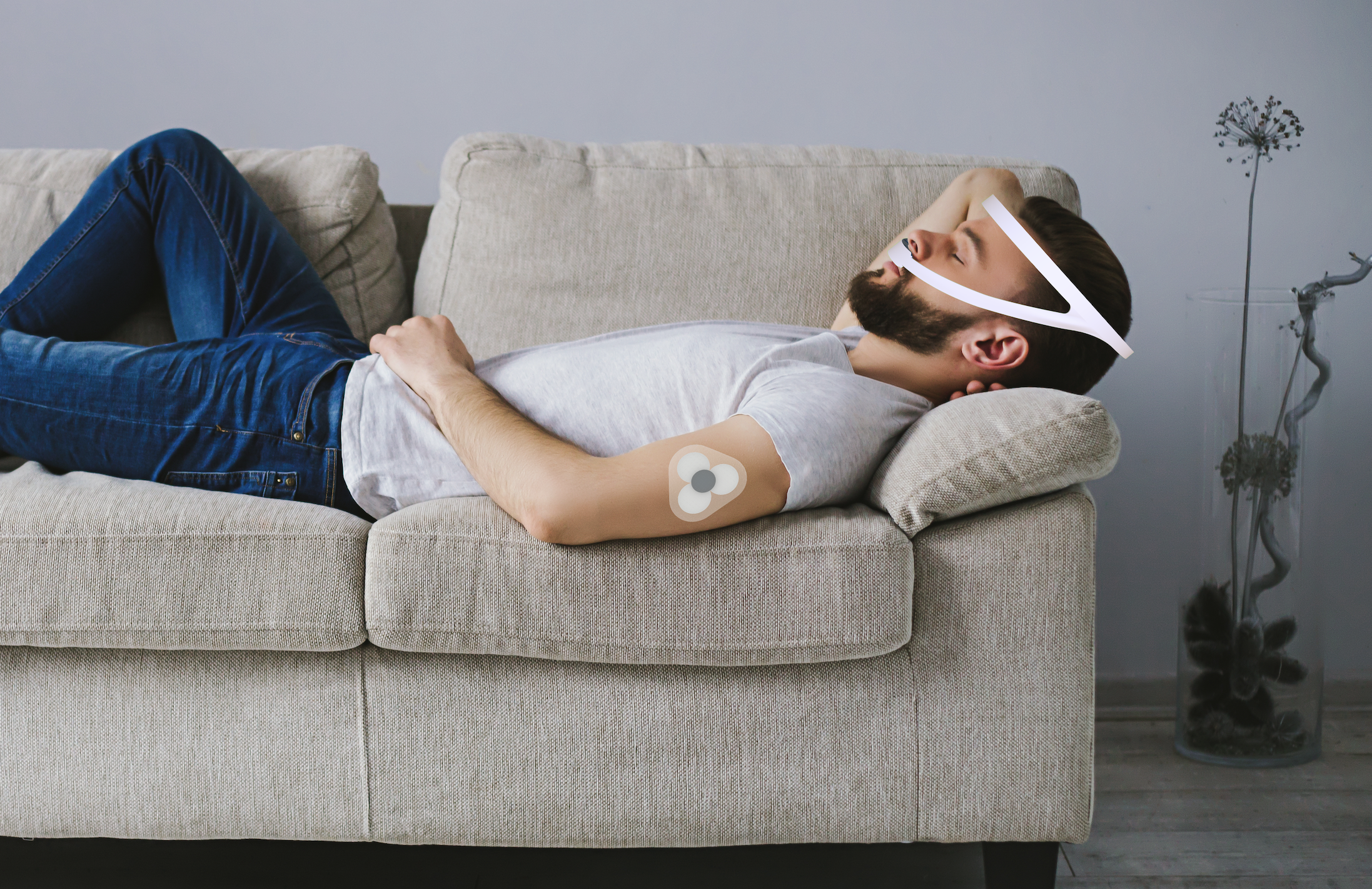
Cognitive factors which can prevent PTSD include a good sense of coherence and high resilience. High levels of rumination (repetitive negative thinking) are linked to a PTSD diagnosis and can be prevented through mindfulness
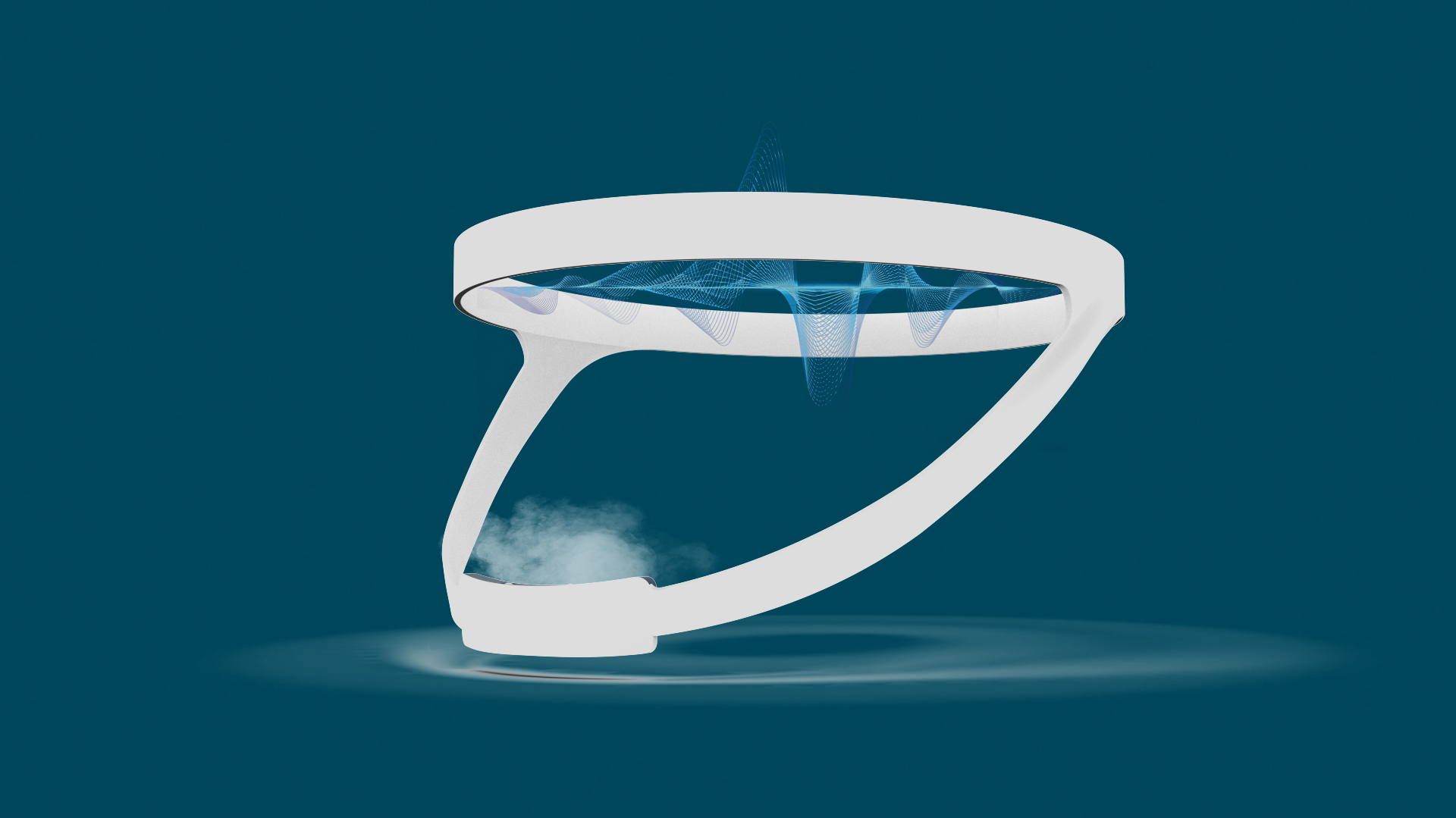
01 Aura Headset
Provides the user with a mindful experience, emitting sounds and smells to create the most relaxing setting at home, using proven research to lower cortisol levels, prevent PTSD and lower stress.
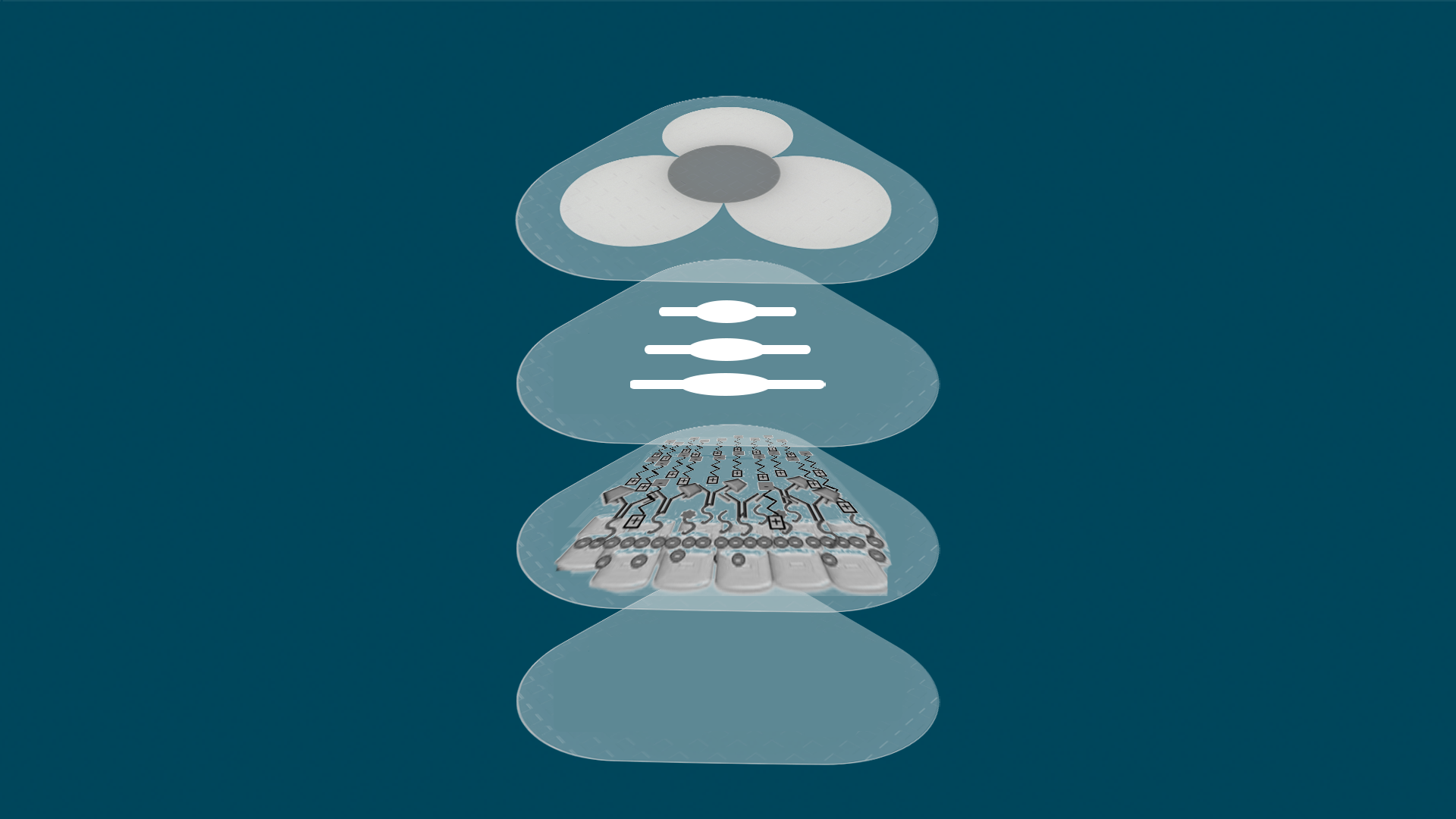
02 Aura Cortisol Patch
The users’ cortisol levels are measured through a biomaker sensor using epidermal sweat. The cortisol levels are then used to indicate early signs of PTSD and introduce preventative and reactive measures through the app and mindulness meditation.

03 Aura App
Based on the users’ cortisol levels, reactive or preventative mindfulness meditation is sugested daily to complete at home. If the person is stressed (high cortisol levels), they will be suggested a reactive meditation to reduce stress levels. If their cortisol levels are normal, they will be promted a PTSD preventative mindfulness session to improve their sense of coherence.
Achievements
- First Class Degree in BSc User Centred Design from Loughborough University
- Represented GB Internationally for Powerlifting
- Design Scholarship from Oakham school
Experience
During my industrial placement at BAE Systems, I had the invaluable opportunity to work as a Human Factors student on the groundbreaking Tempest project. This experience allowed me to immerse myself in the world of cutting-edge aerospace technology and its integration with human-centered design principles. I collaborated closely with the team, contributing to the optimization of user interfaces, ergonomics, and overall user experience, ensuring that the Tempest project aligns seamlessly with human capabilities and needs.
Visionary Thinkers
Visionary Creators
Visionary Makers
